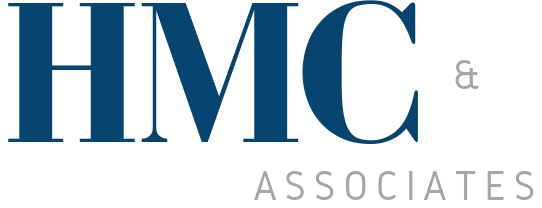The notion of a software patent is slightly controversial because the coding language used to develop the invention is not actually getting patented, but never the less, software patents do exist and if you are a software coder/inventor, you may wish to get one. Like all matters relating to protecting your intellectual property, each case is unique and requires specifc guidance from an experienced patent attorney. Keeping this thought in toe, here are a few basics to keep in mind when considering a software patent.
Patent Searches
Before any patent can be registered, a thorough patent search must be done. This is still the case with software patents, though it may require even more specialized searching to make sure that there is no prior art or patent licensing.
Details, Details
By the time your software patent application is ready to submit, any person who is familiar with creating from code, or “skilled in the art,” should be able to creating a working model of your software. Just from your definition. This means that you must be detailed, accurate and, hopefully, tested beforehand.
Three Primary Parts
There are three main parts to a software patent, and each one must be covered thoroughly.
1. Computer Architecture
How does your software relate to, and use, the entire computer system? This is not something that can be ignored when you are preparing your software patent. Include as many tangible and intangible factors that relate to your software—the more and the more detailed, the better.
2. Primary Flow Chart
Your primary flowchart should focus on how your software operates from the perspective of the computer. What systems does it use? What databases does it access? Every part of what it does matters.
3. Flow Chart Series
Now take all the above and break it down to its individual elements to get the flow chart series you need. Please ensure that there is a clear and cohesive set of transitions from one coding process to the next. Yes, it can become very detailed and tedious, but the more detail you have, the more protection.
Your patent attorney will be able to suggest patent illustrators and coders who are familiar with the requirements of patent applications. Take advantage of the knowledge that is out there to give yourself every possible advantage.

